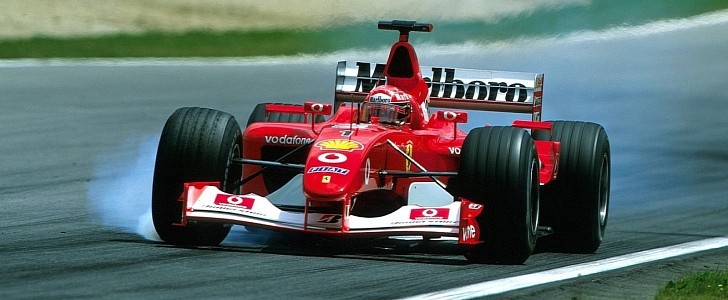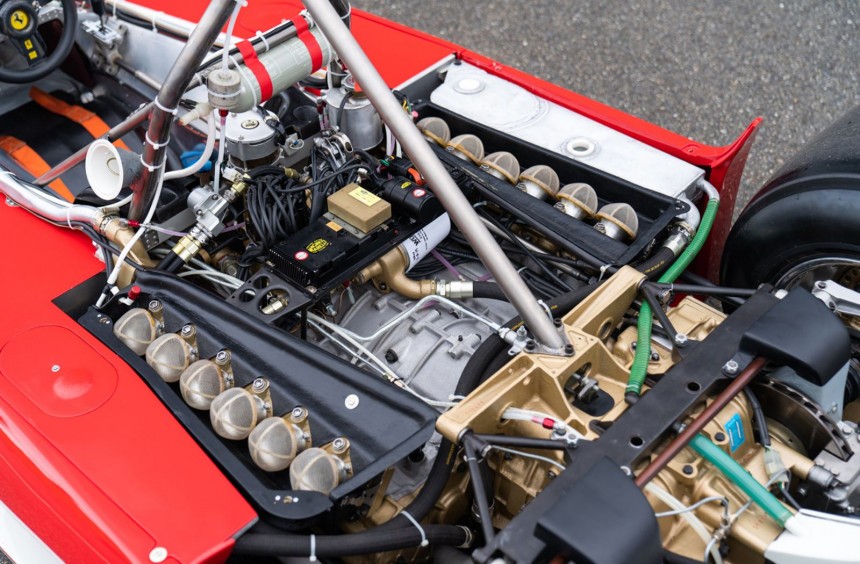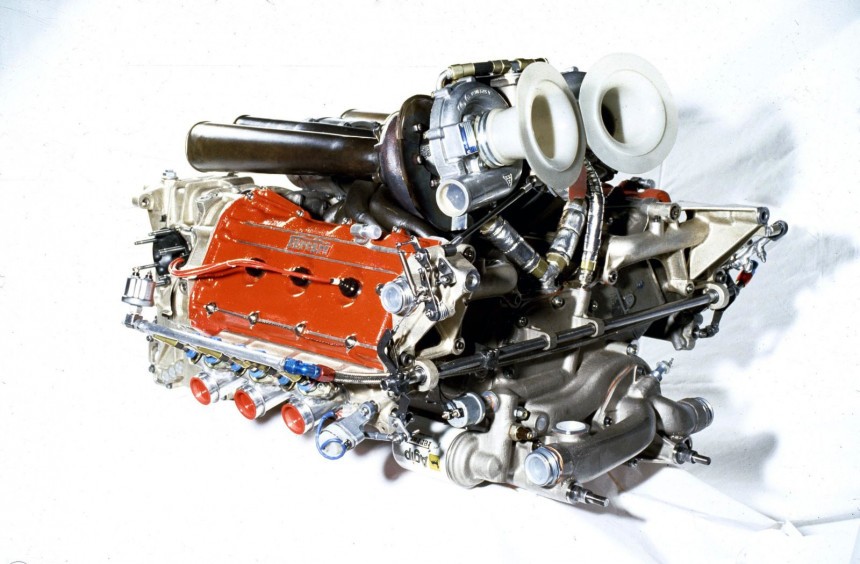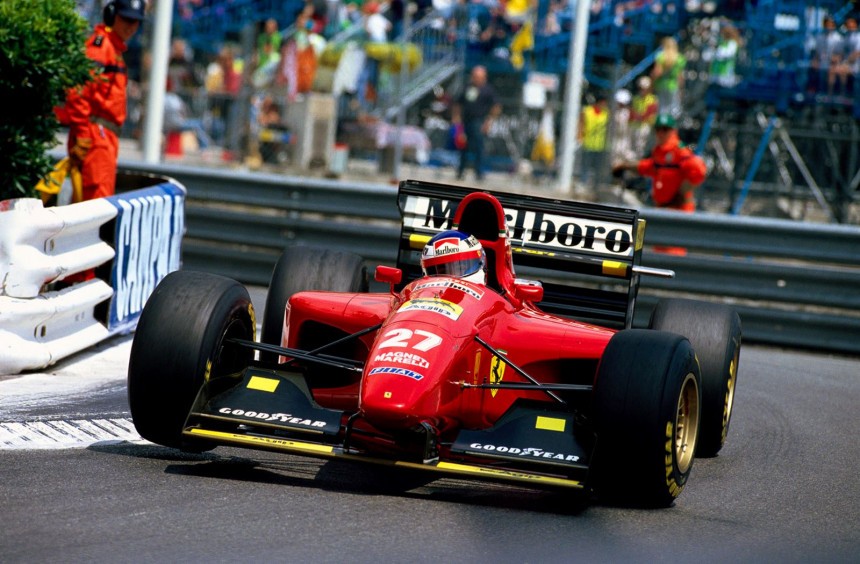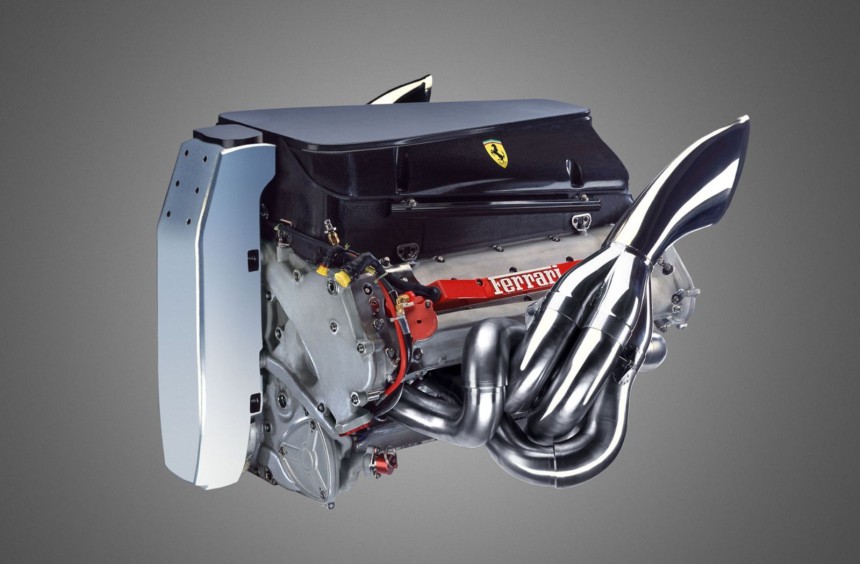Today, Scuderia Ferrari has slid into anonymity in Formula 1 but remains the most successful team in the competition. Throughout the years, it had a period of all-out domination thanks to its talented drivers but more importantly, its skillful engineers who built some of the best powerplants in the history of motorsport.
For more than eighty years, the legendary carmaker has been responsible for some of the most iconic vehicles of all time, becoming the ultimate sports car brand. However, this was never the main purpose of its founder, Enzo Ferrari, whose ambition was to build the best race cars in the world.
Scuderia Ferrari was born a decade before the independent company, operating as the motorsport division of Alfa Romeo. It was successful from the start, developing some of the best racers of the era, like the Alfa Romeo P3, a car that won close to 50 races in three years.
In 1939, Enzo founded his own company, initially called Auto Avio Costruzioni, and started creating the race cars he had always envisioned. Although the boss never intended to, he was eventually forced to build road cars to finance his racing program so that’s how the road-going Prancing Horses were born.
In the world of Formula 1, the independent Scuderia Ferrari became a force to be reckoned with in the fifties and continued to evolve into the most successful team in the history of the competition.
One of the biggest reasons for this success was the engineering department where some of the most epic racing engines were born.
This extraordinary engine is considered one of the most reliable of its era. It was an evolution of the Tipo 001 designed under the watchful eye of technical director Mauro Forghieri in 1970. Introduced in 1974 and linked to a transverse five-speed gearbox, the new 3.0-liter had a lower center of gravity, more cylinders, and higher piston speeds than the competition, generating peak torque from 4,000 rpm all the way to its 11,500-rpm redline.
In that era, the Ford Cosworth V8 was its main challenger but with gross power beginning around 6,000 rpm and an output of around 470 hp, it was no match for the Ferrari unit which could easily spit out more than 500 ponies.
With the likes of Niki Lauda or Jody Scheckter, the Tipo 015-powered 312T and its evolutions brought out constructors’ titles to the Scuderia, as well as 3 drivers’ titles between 1975 and 1979.
Built to replace the Tipo 015 in the turbocharged era, it was never as reliable or successful as its predecessor yet this small 1.5-liter was just what Ferrari needed to raise back to the top in the early eighties.
Ground effect cars took the Formula 1 world by storm and the flat-12 became too heavy and bulky for the amount of power it produced. To better suit the upcoming 126C, the new powerplant was developed with the help of the newest member of the engineering team, the one, and only Nicola Materazzi.
Although he initially designed it to use a Complex supercharger, Forghieri ultimately decided that a couple of KKK turbochargers would be more reliable and deliver the optimum balance between weight and performance. With a cast-iron block and aluminum heads, the unit was featured a 120-degree vee angle and had the turbos mounted on top where the airstream kept them cool. Because of this positioning, it used a single wastegate unit instead of two which minimized the exhaust layout and saved weight.
At first, the engine was among the most powerful in the competition, generating around 900 hp in race trim but had a huge turbo lag, followed by a sudden and violent boost that upset the balance of the chassis. Moreover, it had many reliability issues and prevented the team from mounting a title challenge in 1981.
In 1982, the famous British engineer Harvey Postlethwaite arrived and helped overhaul the car. This led to a constructor’s title that year and the following season, but the engine reliability remained an issue despite being upgraded, which prevented Scuderia drivers from wining even more races.
One of the last and greatest iterations of the naturally-aspirated V12, the 3.5-liter Tipo 043 was designed from scratch by Claudio Lombardi and former Honda F1 chief engine designer Osamu Goto. It featured a wide 75-degree vee angle, shorter stroke, and many other innovative tweaks which resulted in about 820 hp and one of the most alluring exhaust sounds of all time.
It debuted at the 1994 San Marino Grand Prix qualifying sessions and was first raced in Hockenheim. Despite its power, the engine was just too long and heavy so the 412 T1 struggled to beat the Williams and Benetton car which were powered by Renault V10s and Ford-Cosworth V8s.
That season, Ferrari had to settle with one win and eleven podium finishes but the Tipo 043 remains one of the best twelve-cylinder racing engines ever built in Maranello.
Ferrari switched to V10 power in 1996 and with the addition of Michael Schumacher to the driver’s line-up, the most prolific era in the history of the Scuderia began. The first two seasons were disappointing and this only pushed the team to continuously improve the car and its engine. Their efforts were rewarded in 1999 when they secured the constructor’s championship, a feat that would be repeated every year for the following five seasons.
Arguably the best iterations of the V10 engine were developed for the 2002 campaign. The cast-aluminum 3.0-liter used lighter internals, shorter heads, and a crankcase design which allowed for a lower crankshaft. These improvements lead to an exceptionally low center of gravity and contributed to the F2002’s exceptional handling.
Developing up to 900 hp at 19,000 rpm in qualifying mode, it was not only extremely powerful but when limited to 835-hp in race mode, it also became extremely reliable.
Using this engine, the F2002 driven by Michael Schumacher and Rubens Barrichello won fifteen Grands Prix, from a total of nineteen, securing both the constructors’ and the drivers’ titles. To this day, the car is considered one of the best Formula One machines ever built and its Tipo 051 is seen as an engineering masterpiece synonymous with perfection. You can hear it scream in the video below by Belgian-Motorsport.
Scuderia Ferrari was born a decade before the independent company, operating as the motorsport division of Alfa Romeo. It was successful from the start, developing some of the best racers of the era, like the Alfa Romeo P3, a car that won close to 50 races in three years.
In 1939, Enzo founded his own company, initially called Auto Avio Costruzioni, and started creating the race cars he had always envisioned. Although the boss never intended to, he was eventually forced to build road cars to finance his racing program so that’s how the road-going Prancing Horses were born.
In the world of Formula 1, the independent Scuderia Ferrari became a force to be reckoned with in the fifties and continued to evolve into the most successful team in the history of the competition.
One of the biggest reasons for this success was the engineering department where some of the most epic racing engines were born.
Tipo 015 Flat-12 (1975-1980)
In that era, the Ford Cosworth V8 was its main challenger but with gross power beginning around 6,000 rpm and an output of around 470 hp, it was no match for the Ferrari unit which could easily spit out more than 500 ponies.
With the likes of Niki Lauda or Jody Scheckter, the Tipo 015-powered 312T and its evolutions brought out constructors’ titles to the Scuderia, as well as 3 drivers’ titles between 1975 and 1979.
Tipo 021/031 Turbocharged V6 (1981-1984)
Ground effect cars took the Formula 1 world by storm and the flat-12 became too heavy and bulky for the amount of power it produced. To better suit the upcoming 126C, the new powerplant was developed with the help of the newest member of the engineering team, the one, and only Nicola Materazzi.
Although he initially designed it to use a Complex supercharger, Forghieri ultimately decided that a couple of KKK turbochargers would be more reliable and deliver the optimum balance between weight and performance. With a cast-iron block and aluminum heads, the unit was featured a 120-degree vee angle and had the turbos mounted on top where the airstream kept them cool. Because of this positioning, it used a single wastegate unit instead of two which minimized the exhaust layout and saved weight.
At first, the engine was among the most powerful in the competition, generating around 900 hp in race trim but had a huge turbo lag, followed by a sudden and violent boost that upset the balance of the chassis. Moreover, it had many reliability issues and prevented the team from mounting a title challenge in 1981.
In 1982, the famous British engineer Harvey Postlethwaite arrived and helped overhaul the car. This led to a constructor’s title that year and the following season, but the engine reliability remained an issue despite being upgraded, which prevented Scuderia drivers from wining even more races.
Tipo 043 V12 (1994)
It debuted at the 1994 San Marino Grand Prix qualifying sessions and was first raced in Hockenheim. Despite its power, the engine was just too long and heavy so the 412 T1 struggled to beat the Williams and Benetton car which were powered by Renault V10s and Ford-Cosworth V8s.
That season, Ferrari had to settle with one win and eleven podium finishes but the Tipo 043 remains one of the best twelve-cylinder racing engines ever built in Maranello.
Tipo 051 V10 (2002)
Arguably the best iterations of the V10 engine were developed for the 2002 campaign. The cast-aluminum 3.0-liter used lighter internals, shorter heads, and a crankcase design which allowed for a lower crankshaft. These improvements lead to an exceptionally low center of gravity and contributed to the F2002’s exceptional handling.
Developing up to 900 hp at 19,000 rpm in qualifying mode, it was not only extremely powerful but when limited to 835-hp in race mode, it also became extremely reliable.
Using this engine, the F2002 driven by Michael Schumacher and Rubens Barrichello won fifteen Grands Prix, from a total of nineteen, securing both the constructors’ and the drivers’ titles. To this day, the car is considered one of the best Formula One machines ever built and its Tipo 051 is seen as an engineering masterpiece synonymous with perfection. You can hear it scream in the video below by Belgian-Motorsport.
